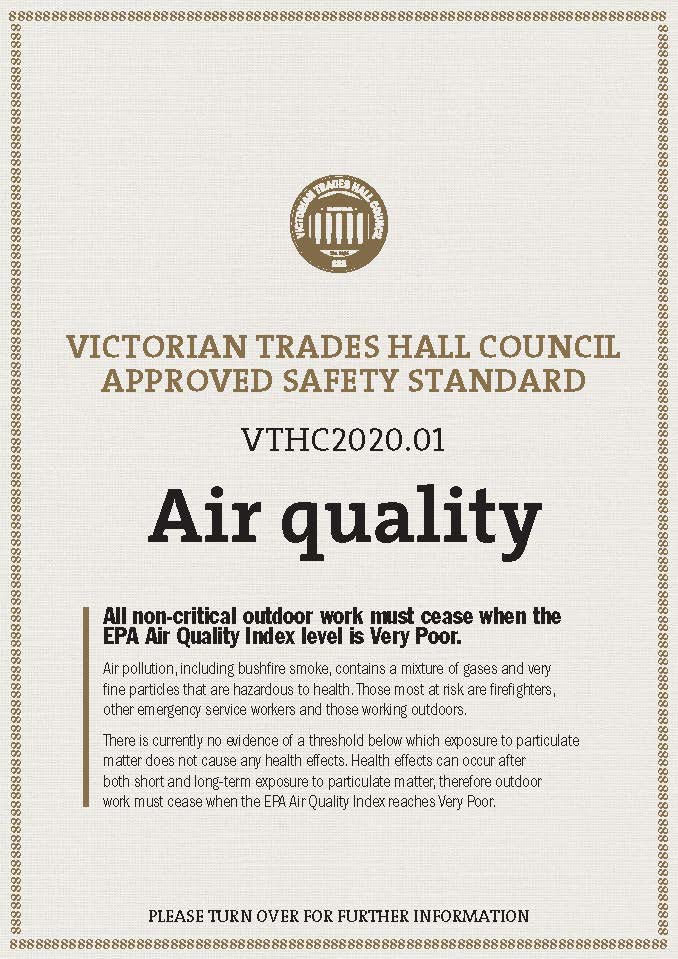
On January 30 2020, the Victorian Trades Hall released a new “approved safety standard” on air quality risks for outdoor workers. It is the latest of a series of alerts and guidelines generated by the persistence of bushfire smoke in urban areas of, especially, New South Wales and Victoria. Bushfire smoke is only going to become more frequent in Australia, and its persistence over weeks, requires a coordinated discussion on how Australian workplaces and practices need to change to adapt to the new climate.

 Workplace injury statistics are always less than reality as they are
Workplace injury statistics are always less than reality as they are 